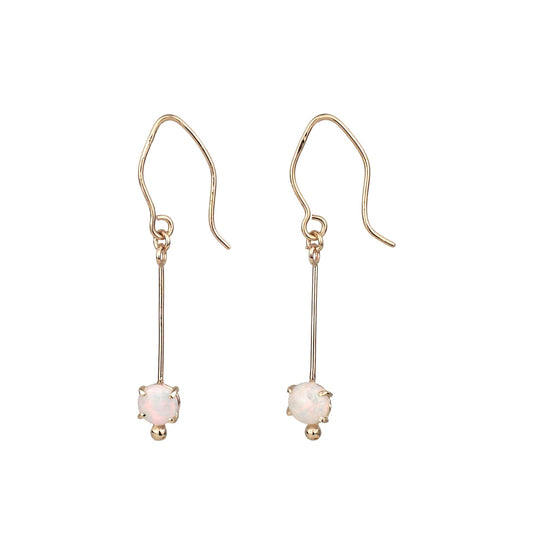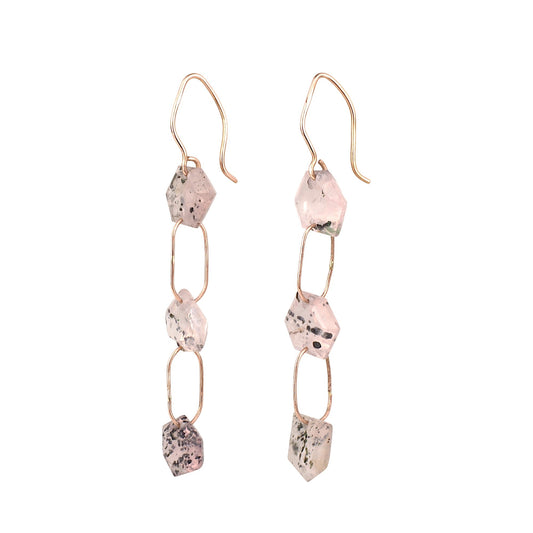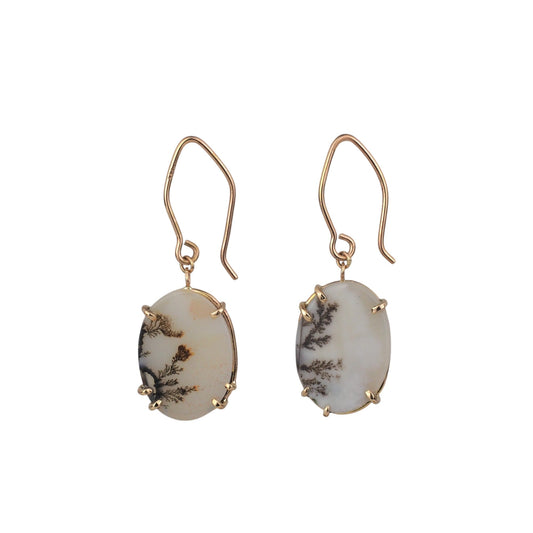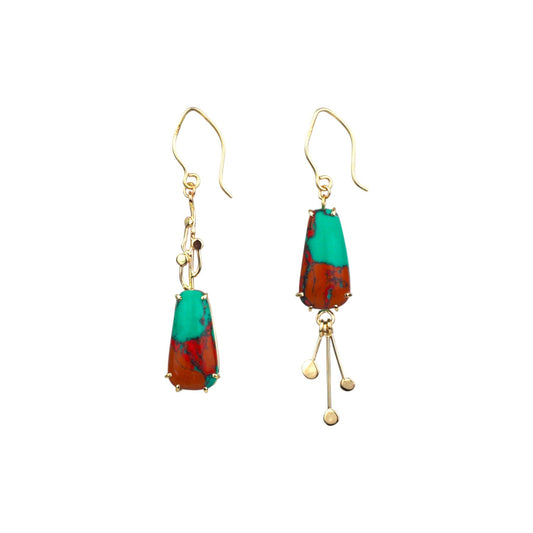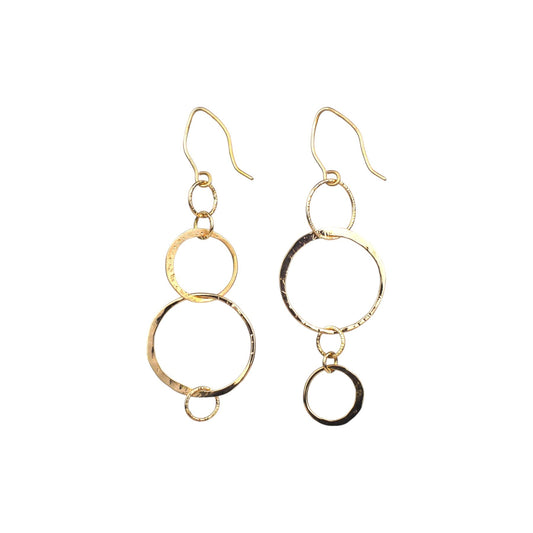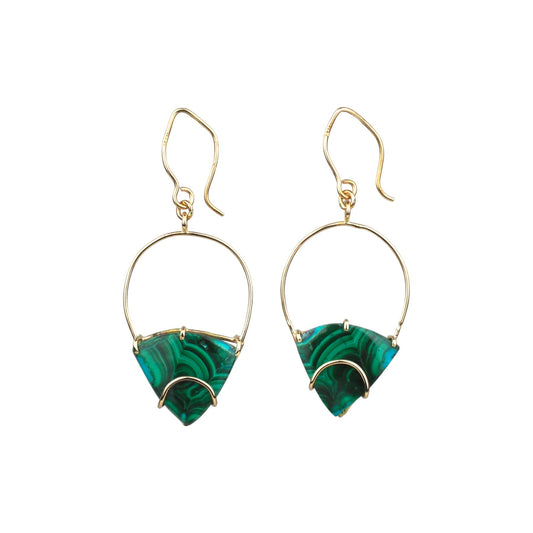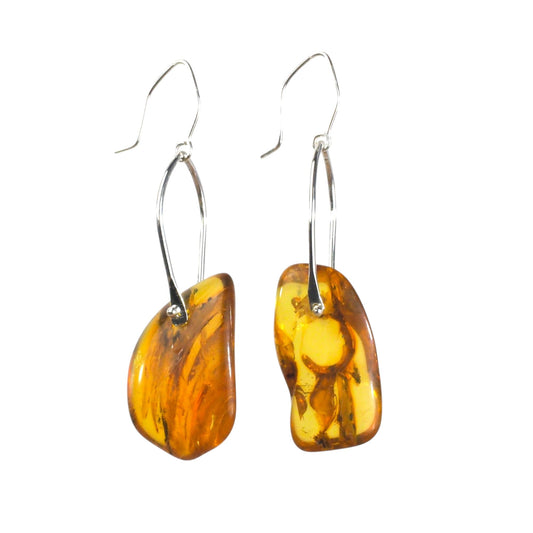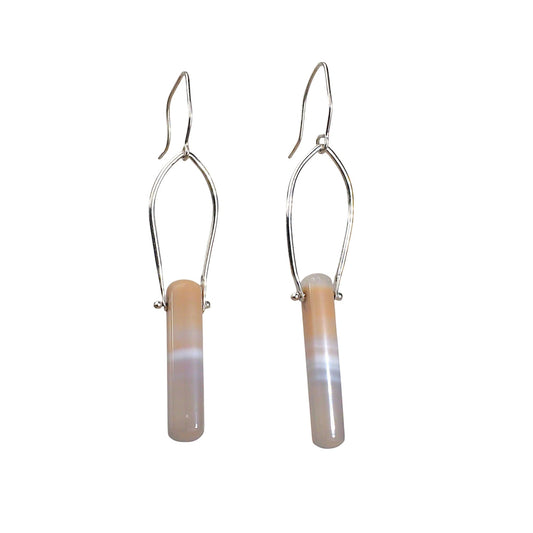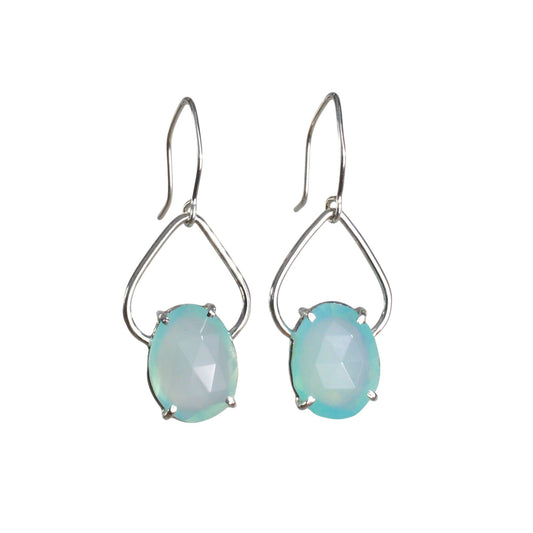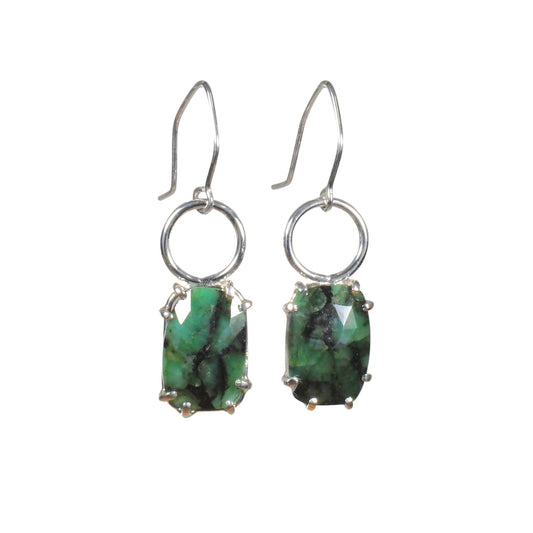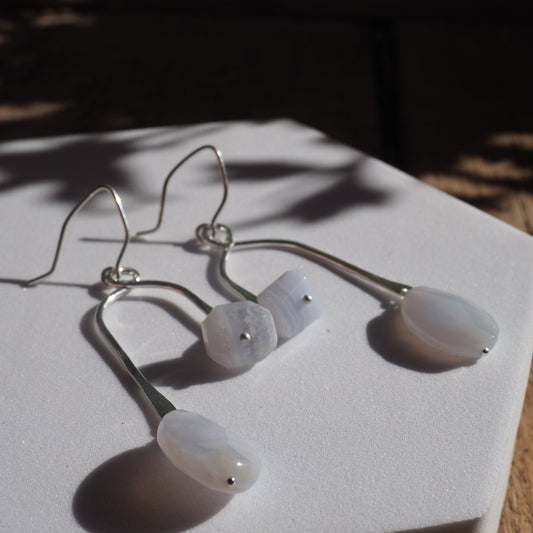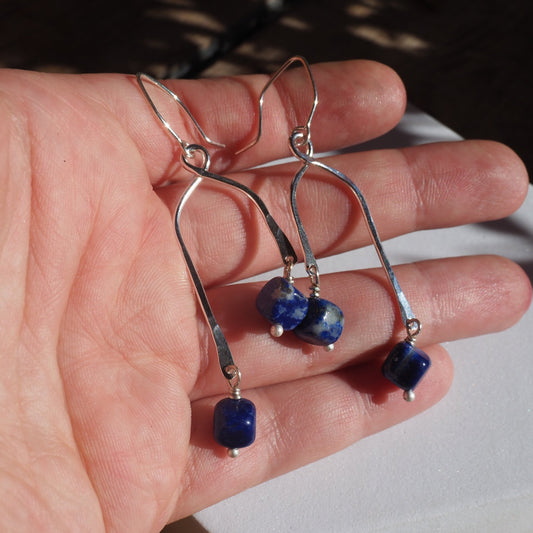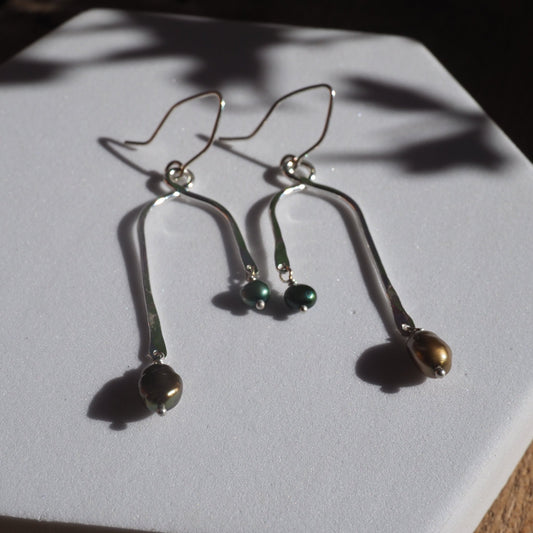Gold plating is the least durable of these three (gold filled, gold plated, and vermeil). Many different metals can be gold plated and the durability all comes down to the thickness of the gold layer, of which gold plating is the thinnest. I’ve seen gold plating so thin that is can rub off in a day or two. As far as using gold plating on a piece of jewelry, I would avoid anything that gets rubbed or worn. Rings and bracelets are the worst candidates for gold plating. It may look good brand new in a photo or jewelry case, but after a few hours of wear, a gold plated piece is going to show signs of its downfall.
So is there something thicker or more durable?
Yes. In terms of gold covered metals, gold filled is much more durable.

You can see the layers of metal fused together by looking at the edge of a coin.
Have you ever looked at the side of a quarter and seen the layers of different colored metals? You can see how thick the metal on the head and tail sides of the coin are, can’t you? Gold filled jewelry is made similarly. Although not as thick and obvious as you can see on the quarter, with gold filled jewelry, a fine sheet of gold is clad to the outer surface. Not all gold filled metals are the same, either! You may have seen a karat stamp that says “1/20 14k GF” which means that 1/20th of the item’s weight is 14k yellow gold. Basically, 1/10 is going to have a higher gold content than 1/20. By law, gold filled items must have at least 5% of its total weight from the gold layer.
There are some draw backs to gold filled. Remember that quarter? The exposed edges show the metal inside that’s different.

In this gold filled piece, the ends are revealing the copper underneath the gold. This is unavoidable in gold filled pieces wherever the wire or sheet metal has to be cut, sanded, filed, or heavily worked on. Often it won't be visible on a new piece, but after a few weeks (or less!) it will show up.
While it won’t be so obvious in gold filled jewelry, it’s still something to be aware of. When the gold filled jewelry is polished, worn, or scratched, it wears through that gold layer. At the ends of the wire and sheet, the copper or base metal will show through much more when that base metal oxidizes and turns black. Most of the time, people don’t notice it, but if you look at your gold filled jewelry, you will notice little signs like this, especially as it ages and gets worn.
So what’s vermeil then?
Vermeil (pronounced “ver-mill,” or as I have most often heard it, “ver-may”) is gold plated silver. Vermeil is gold plated but it is required by law to be at least 2.5 microns, or 0.0025 mm, thick. Also, vermeil has a silver base, so no copper or brass insides. What I like most about vermeil is that, when the gold plating wears off (and if it’s a ring or bracelet, you can count on that happening!), then you are still left with a silver piece of jewelry. GRANTED! Your worn vermeil jewelry will look a bit strange as parts of the gold plating are left and the silver is showing through, but, I think it beats having a partially gold plated brass or copper piece that’s turning black and making your skin look (and sometimes smell!) weird.

You can see the differences easily in this well worn piece. The raised areas that have made more contact have worn all of the gold finish off, but most of the recessed areas still have a decent gold plating to them. Since the base metal that has been plated reacts and tarnishes easily, the difference in metals really shows up.
So what’s the verdict?
I have worked in a fine jewelry store for close to a decade and seen MANY gold filled antique pieces that have held up well, but it depends on the piece, and the person wearing it. Full disclosure: no gold filled, gold plated, or vermeil ring is ever going to stand the test of time. Anyone that tells you that is lying to you. It will always wear through the gold, if you wear the ring. Even solid gold rings wear down so far sometimes that the backs of them need to be re-shanked, so how could a few little microns of gold ever last?
Gold plated, gold filled, or vermeil (let’s call the whole lot “gilded” from here out for brevity’s sake) earrings and necklaces stand the best chance of lasting since they aren’t worn as roughly as rings and bracelets. If you really want to get a gilded ring or bracelet, I would suggest going for something gold filled, not plated, or even vermeil (try to get a thick vermeil) and at least be prepared that it will look different with wear. Gilded jewelry can be beautiful and is a great solution to wearing trendy gold jewelry that won’t cost you an arm and a leg. There can be a huge difference in price and quality, though, if you don’t know how to navigate the waters in terms of… well, terms. I have wanted to branch out into the gilded jewelry world, but I have yet to find the right fit for me.
To me, durability, honesty, and quality are at the forefront when I’m designing. Not that gilded jewelry can’t be those things! It certainly can! As far as earrings and necklaces (and often bracelets) go, I see gold filled jewelry as an excellent solution. Gilded rings need to come with the knowledge that it is an impermanent thing. Vermeil can be beautiful, although the gold starts to look a little light and faded as the silver starts to show through. My idea on that, though, is that with the right design it could actually have a very cool effect!
SO!
How do you care for your gilded jewelry?
Basically, you want to make as little contact with it as possible. Do not take a polishing cloth to it, simply gently wipe it off with a cotton cloth. Do not let anyone polish it because it will quickly wear down the plating. Avoid contact with all chemicals, perfumes, lotions, and makeup. When you take it off, have a separate and safe place to lay it.

If you have any questions or concerns, feel free to comment or e-mail me!

